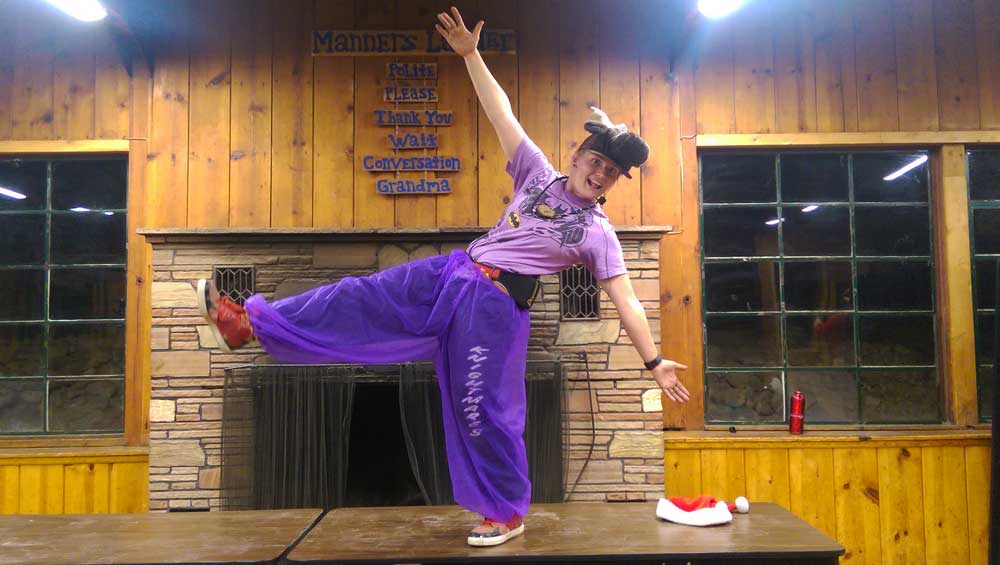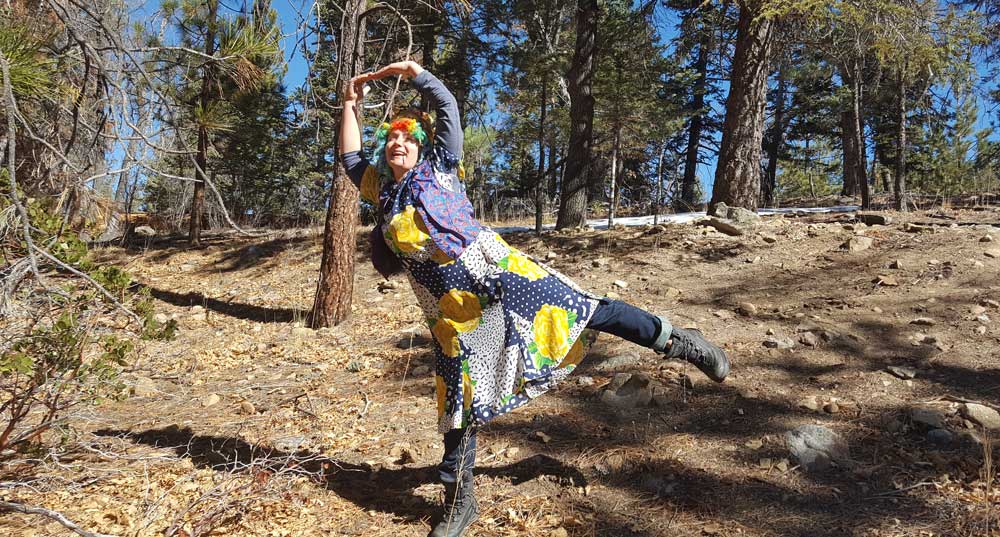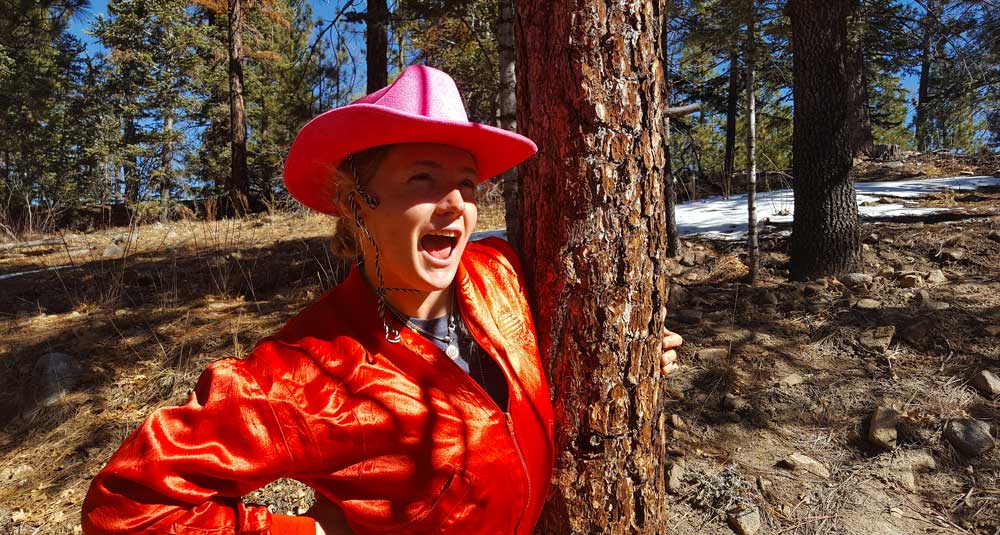When I say the words “Line Dancing”, the faces of my students scrunch up into a mixture of emotions.
Some voice excitement, some voice disgust, but most faces bare the unmistakable feeling of apprehension, scared for what the future holds. Regardless of their first thoughts of Line Dancing, this kinesthetic lesson affects students way more than just learning movement patterns. While our lesson lasts only thirty minutes, it has potentially lifelong effects. Keep reading to find out the physiological, psychological, and social effects that Line Dancing has on students.

Let’s Start with Physiology!
The National Center for Health Statistics states that approximately 75% of American youth fail to achieve the recommended daily exercise 1. To meet the requirements youth must achieve more than 60 minutes per day. While mainstream sports help some students meet those requirements, around 45% of them do not play sports 2. By introducing them to line dancing, it might attract them to the possibility of exercising in different ways. As one of my students said, “If you try it, you know that you might like other types of dance.”

Strong bones and a healthy heart are benefits of line dancing.
The long term physiological effects of exercise on adolescence include increased blood flow, increased muscle and bone size, stronger ligaments and tendons, an increase in VO2max (the maximum amount of oxygen you can breathe in), and increased cardiac output (your heart works more efficiently). Increased blood flow allows muscles in use to receive oxygen faster. Increased muscle, bone, ligaments, and tendons helps with overall physical ability and helps with the prevention of injury. Increasing the VO2max reduces the amount of breaths per minute required, and an increased cardiac output allows the heart to pump less. In turn, all these benefits lead to better functioning of the body.
On to the Psychology!
Dance also has a positive effect on the mind. PET scans have shown that the areas in our brain responsible for planning, motor control, hand-eye coordination, smooth coordination, and fine and complex physical movements are activated during dance 3. Dance increases levels of serotonin, endorphins, dopamine, and norepinephrine which are responsible for reducing depression and anxiety, motivation, healing, and strengthening bones 4. It is even used as a therapy to help treat psychological disorders 5.

Line dancing increases the “happy chemicals” in your body.
Another interesting fact is that scientists researched eleven different physical activities and found dance to be the only one to decrease the risk of dementia in the elderly. They attributed it to the interaction between the psychological and social elements of dance 6. Anecdotally speaking: “You find courage and who you are inside.”
And Finally, the Sociology!
Very few students have heard of Line Dancing and possibly only a handful even tried it before coming to High Trails. Socially, this sets the stage up for success. While the apprehension is still there, everyone is on the same playing field as they all start at the same knowledge level. Not only does it create equality in ability, but there is no competition between each student as everyone who tries is a winner. Unlike other dances, line dancing does not involve touching anyone else, which teaches them how to move about in a seemingly crowded area while maintaining personal space 7.
 During line dancing, students kinesthetically empathize with one another. Students learn to move together instead of moving separate from one another. This concept is called mirroring and has powerful social implications 8 like feeling a greater connection than before. Scientifically speaking, the reason mirroring allows students to feel more connected with each other is because the brain regions associated with feeling good are activated when someone else mirrors them 9. Mirroring unifies the group and helps them understand the importance of being in tune to others, both physically and mentally.
During line dancing, students kinesthetically empathize with one another. Students learn to move together instead of moving separate from one another. This concept is called mirroring and has powerful social implications 8 like feeling a greater connection than before. Scientifically speaking, the reason mirroring allows students to feel more connected with each other is because the brain regions associated with feeling good are activated when someone else mirrors them 9. Mirroring unifies the group and helps them understand the importance of being in tune to others, both physically and mentally.
More Student Comments on Line Dancing!
“At first I was nervous, then I felt strong.”
“Line Dancing taught me to have courage, have fun, and to not care.”
“Line Dancing makes you happy and less stressed.”
“In a way, it helps you express yourself. You can be who you are.”
The Facts Don’t Lie
Line dancing is not only a fun unique class at High Trails, it also has multiple scientific benefits that make it a great addition to our curriculum. Physiologically, line dancing leads to better functioning of the body in areas of the heart, lungs, and muscles. Psychologically, it helps with mental health and motor control. And socially, it helps with personal space and group empathy. The science does not lie; line dancing is simply the best!

My name is Jade, and I will be teaching you to dance tonight…
At High Trails Outdoor Science School, we literally force our instructors to write about elementary outdoor education, teaching outside, learning outside, our dirty classroom (the forest…gosh), environmental science, outdoor science, and all other tree hugging student and kid loving things that keep us engaged, passionate, driven, loving our job, digging our life, and spreading the word to anyone whose attention we can hold for long enough to actually make it through reading this entire sentence. Whew…. www.dirtyclassroom.com
- https://www.cdc.gov/nchs/data/databriefs/db141.htm ↩
- https://www.usnews.com/education/blogs/high-school-notes/2011/09/02/high-school-sports-participation-increases-for-22nd-straight-year ↩
- Neuro.hms.harvard.edu/Harvard-mahoney-neuroscience-institute/brain-newsletter/and-brain-series-dancing-and-brain ↩
- https://www.healthline.com/health/mental-health/serotonin#functions ↩
- https://medlineplus.gov/magazine/issues/winter08/articles/winter08pg4.html ↩
- Neuro.hms.harvard.edu/Harvard-mahoney-neuroscience-institute/brain-newsletter/and-brain-series-dancing-and-brain ↩
- Rena Kornblum; Disarming the Playground: Violence Prevention Through Movement & Pro-social Skills ↩
- https://www.scienceofpeople.com/the-power-of-mirroring ↩
- https://www.scienceofpeople.com/the-power-of-mirroring ↩

Comments are closed.